In the skylines of Melbourne, Sydney, and Brisbane, modern office buildings stand as testaments to architectural innovation and functional design. At the heart of these structures lies a critical component that often goes unnoticed yet remains indispensable – the commercial elevator system.
Shaping Australia’s Urban Landscape
The limited availability of land in Australia’s central business districts has pushed development skyward rather than outward. Elevators have been the enabling technology behind this vertical expansion, allowing architects and developers to maximise space usage while creating iconic buildings that define our city skylines.
“Without efficient vertical transportation, the modern Australian office tower simply couldn’t exist,” explains our lead design consultant at Platinum Elevators. “The evolution of elevator technology has directly influenced how tall and how functional our commercial buildings can be.”
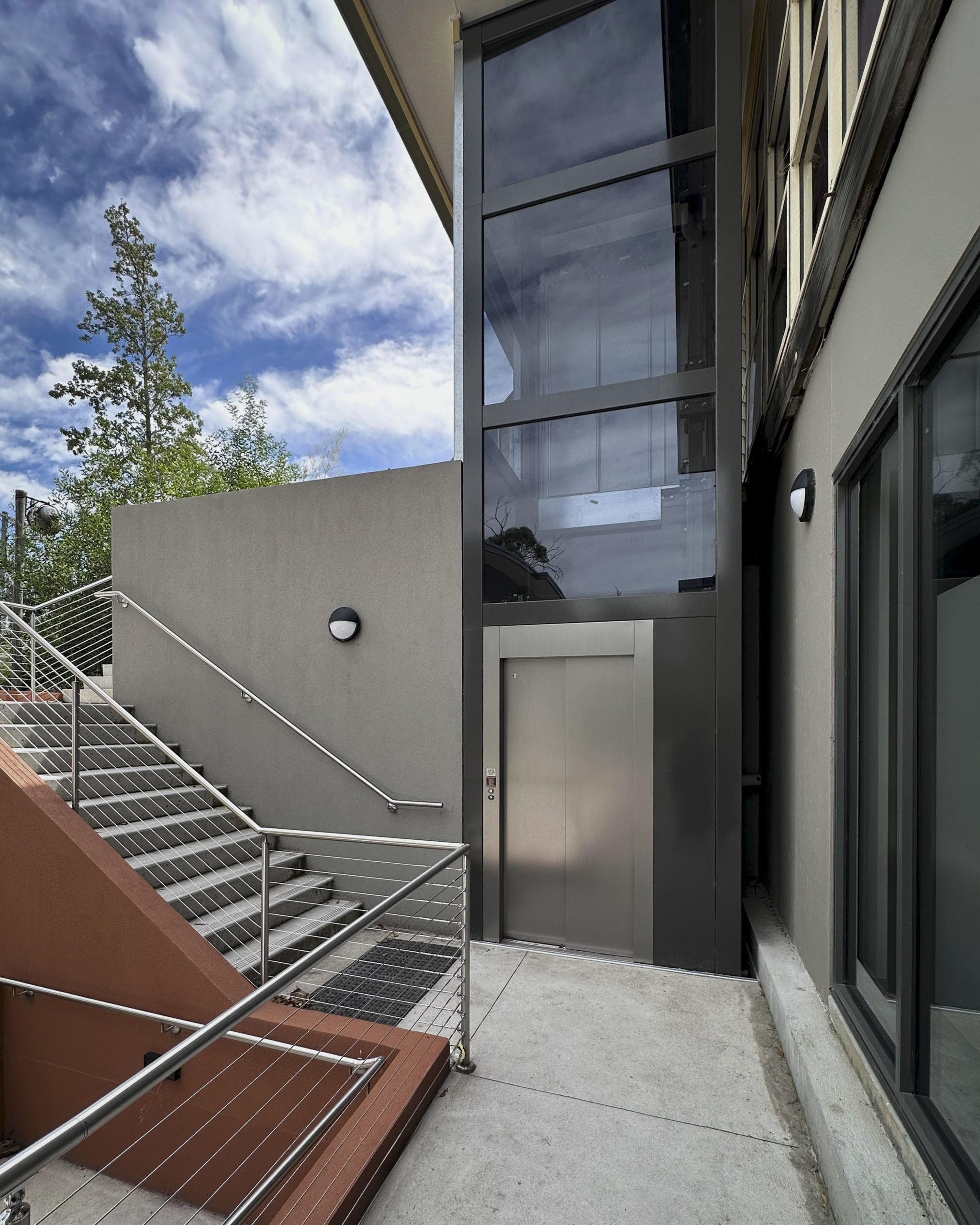
Modern elevator systems no longer dictate architectural compromises. Instead, they integrate seamlessly into visionary designs, with customisable cabin sizes, materials, and finishes that complement the building’s aesthetic. From glass-walled panoramic lifts showcasing harbour views to sleek, minimalist designs that blend into corporate environments, today’s elevators enhance rather than hinder architectural expression.
Creating Efficient Workspaces
The impact of elevators extends beyond mere transportation. They fundamentally shape how people move through and experience commercial buildings:
- Reduced wait times during peak hours improve employee satisfaction and productivity
- Strategic elevator placement minimises congestion in high-traffic areas
- Advanced dispatch systems optimise travel patterns based on real-time building usage
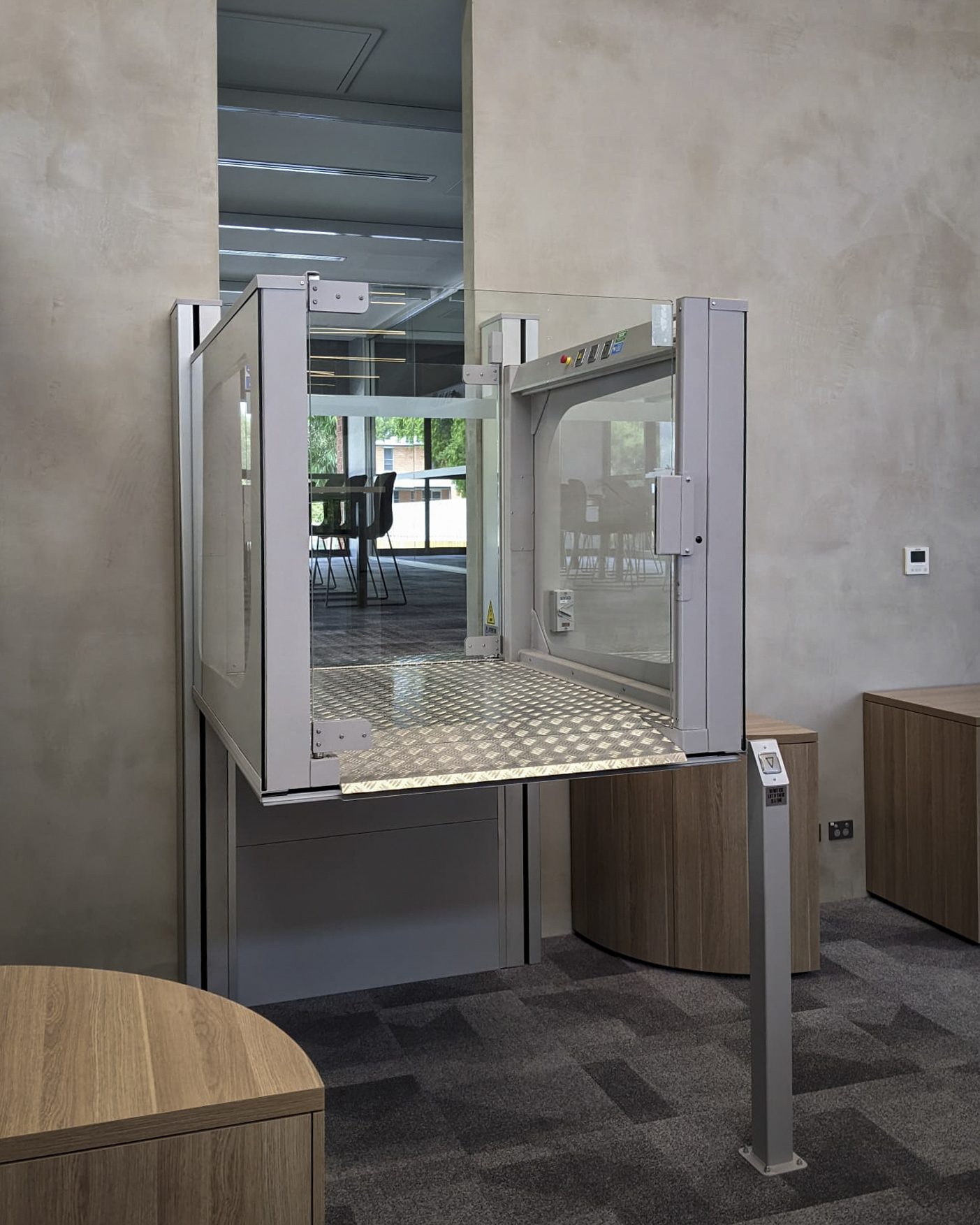
Perhaps most significantly, elevators connect previously isolated vertical spaces, fostering a sense of community within multi-level buildings. An employee working on the 30th floor can easily access ground-floor retail, mid-building conference centres, or rooftop gardens within moments, creating a more integrated workplace experience.
Supporting Inclusivity in Commercial Spaces
Australia’s population is both ageing and increasingly diverse, making accessibility a critical consideration in commercial building design. Modern elevators serve as the backbone of inclusive workplaces, ensuring that all employees and visitors can navigate multi-level environments regardless of physical ability.
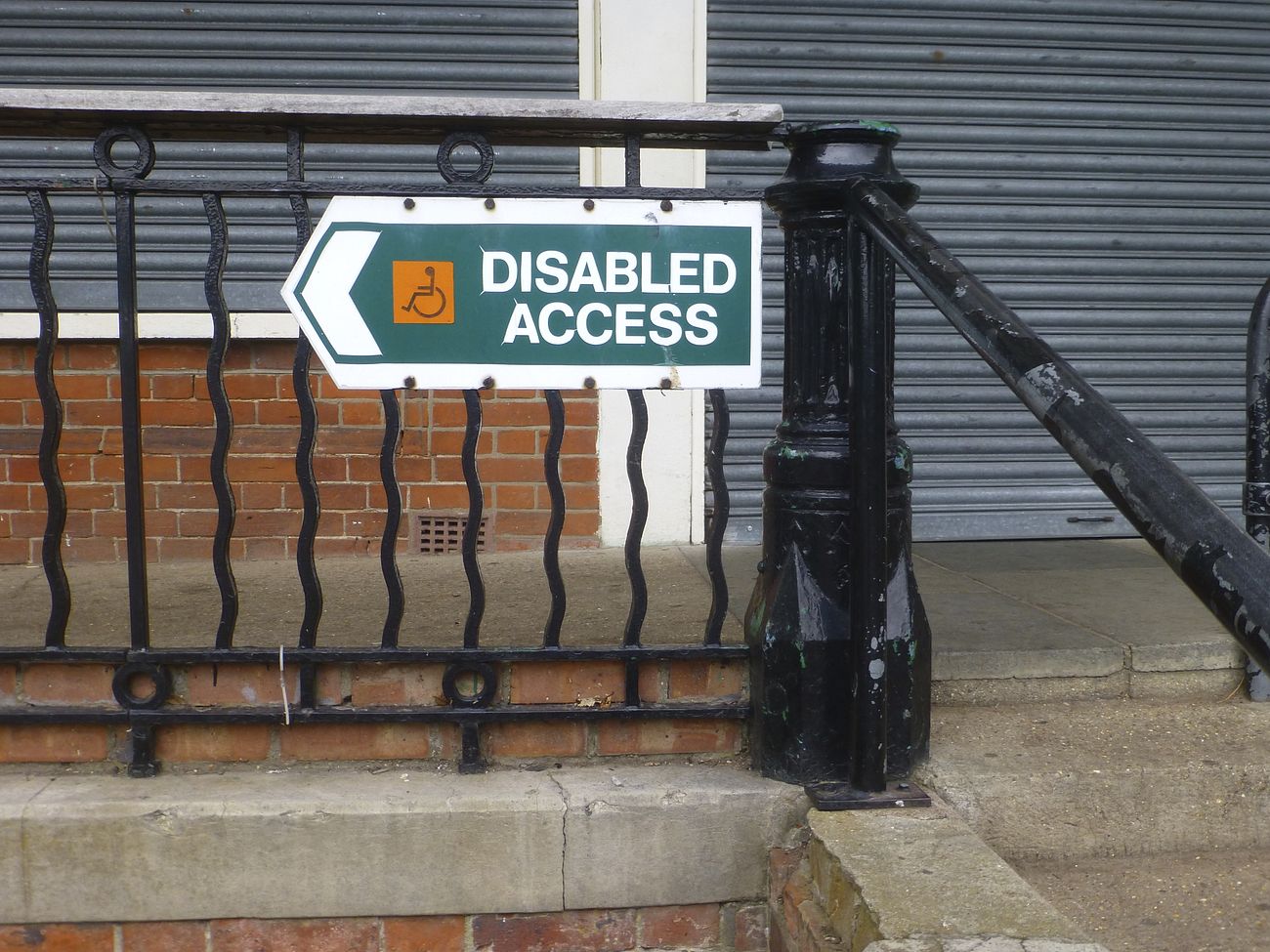
Current building codes and accessibility standards mandate elevator installation in commercial buildings, but forward-thinking developers are going beyond compliance. User-centric elevator designs now feature:
- Voice-activated controls for vision-impaired users
- Wider cabins that comfortably accommodate wheelchairs and mobility aids
- Tactile buttons and audible signals for enhanced accessibility
- Smooth acceleration and deceleration for comfortable rides
These features create barrier-free journeys throughout commercial spaces, supporting Australia’s commitment to workplace diversity and inclusion.
Minimising Downtime in Essential Systems
For modern office buildings, elevator reliability isn’t just a convenience; it’s a necessity. When elevator systems fail, entire sections of buildings become effectively inaccessible, disrupting business operations and potentially creating safety concerns.
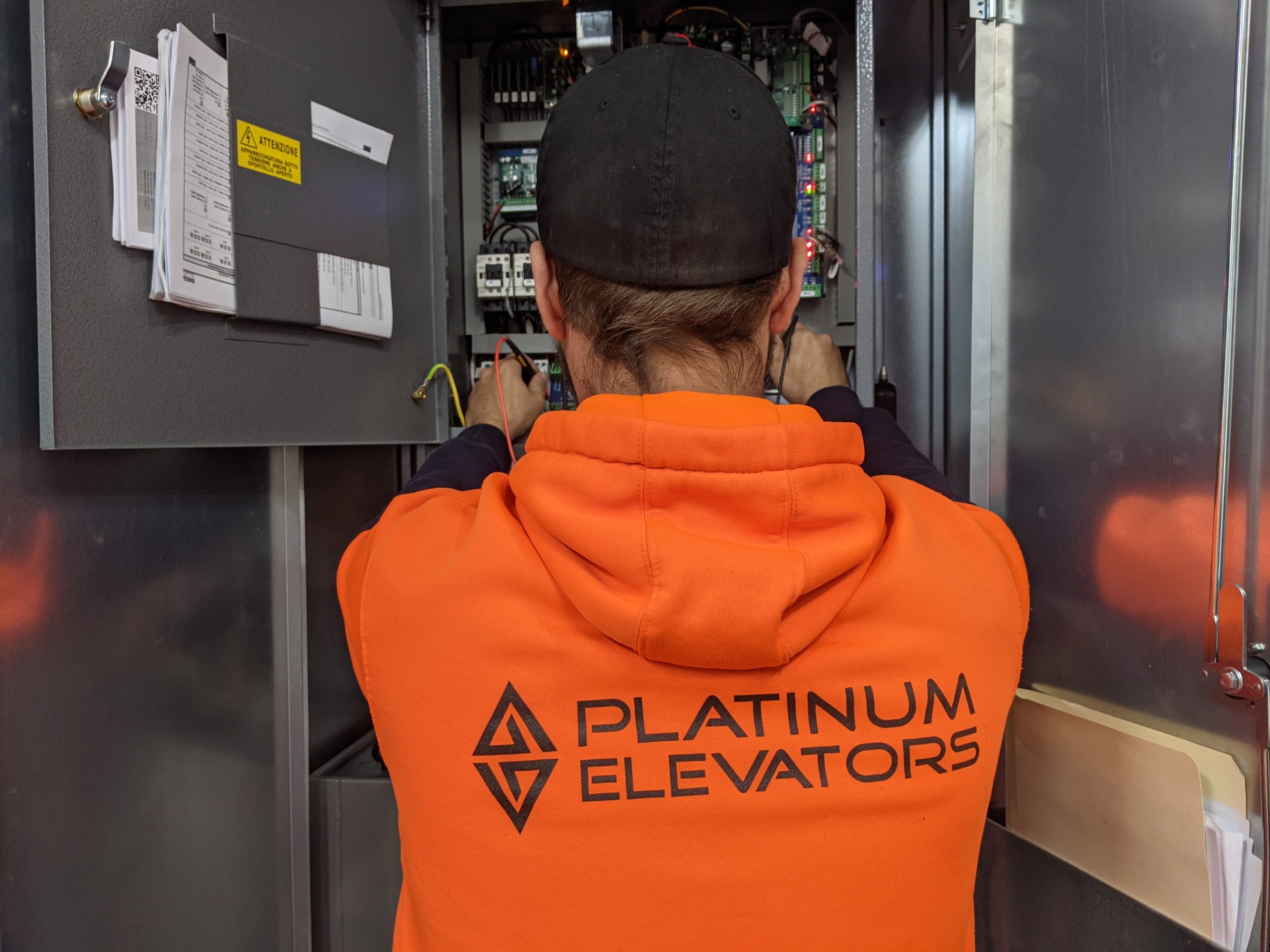
At Platinum Elevators, we understand that preventative maintenance and rapid response to issues are crucial for commercial properties. Our comprehensive approach includes:
- iNVER-iQ remote monitoring technology that identifies potential issues before they cause disruptions
- 24/7 emergency servicing to address unexpected problems regardless of when they occur
- A local Melbourne-based support team that can quickly respond to on-site requirements
- Scheduled maintenance programs tailored to each building’s specific usage patterns
This proactive approach minimises downtime and extends the operational life of elevator systems, protecting the building owner’s investment while ensuring continuous accessibility.
The Future of Vertical Transportation
As Australian cities continue to evolve, elevator technology is advancing to meet new challenges. Smart building integration, energy efficiency improvements, and touchless operation are just some of the innovations reshaping vertical transportation in commercial spaces.
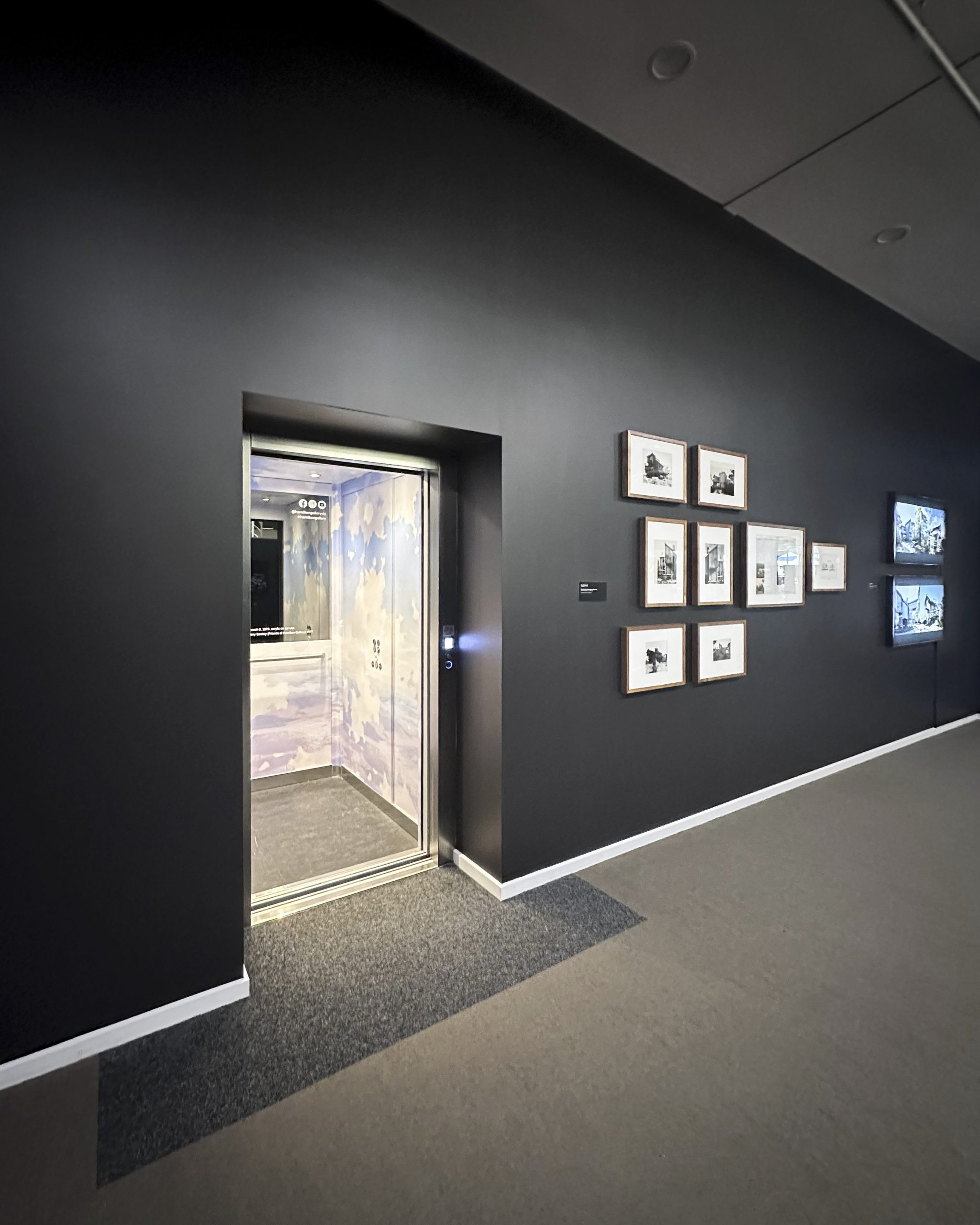
Elevators are integral components of smart, sustainable, and inclusive building design. They influence everything from energy consumption to occupant satisfaction, playing a critical role in creating workplaces that support productivity and wellbeing.
For building owners and facility managers looking to upgrade existing systems or plan new developments, understanding the strategic importance of elevator design and maintenance is essential to creating truly functional commercial spaces. Contact Platinum Elevators today to discuss how our expertise in commercial lift solutions can enhance your Melbourne property’s functionality, accessibility, and value.
Related posts:

